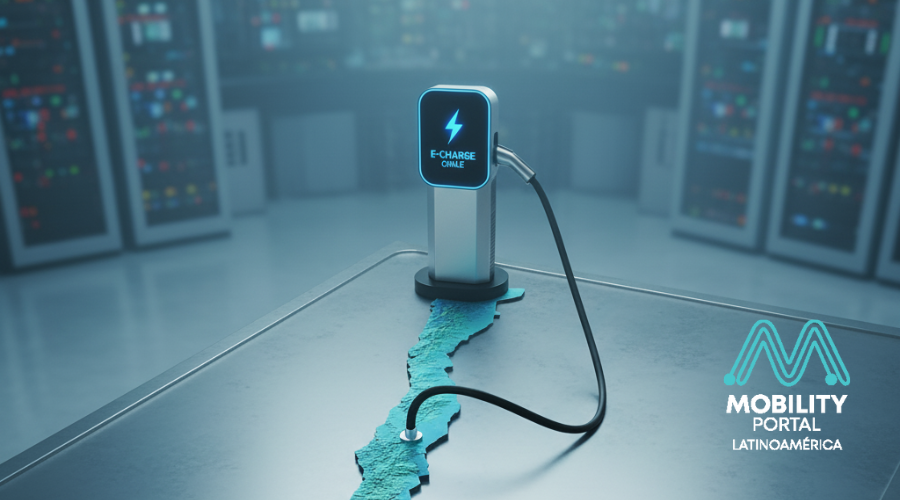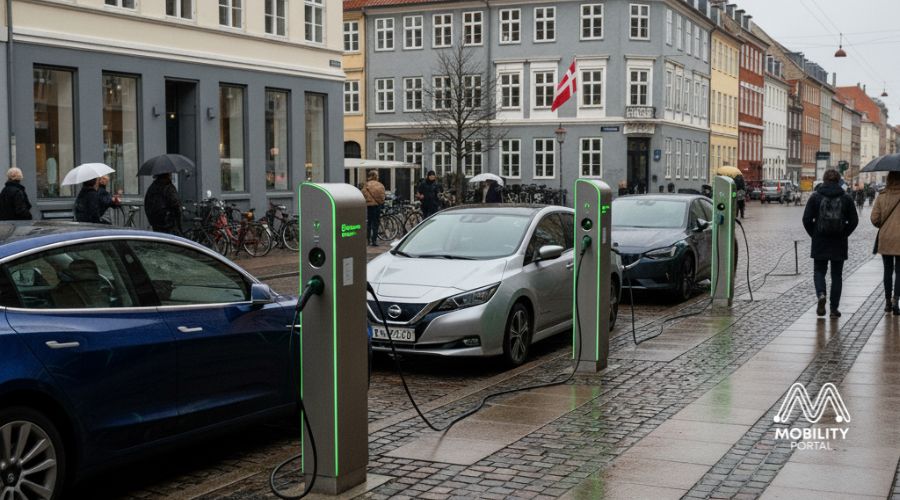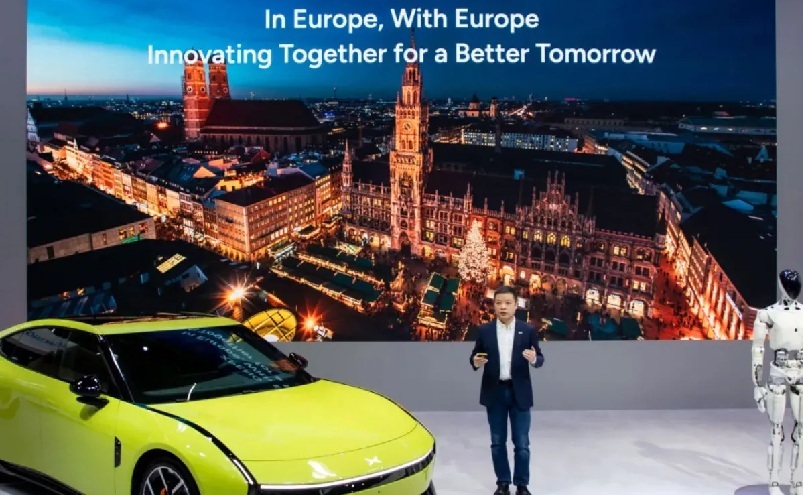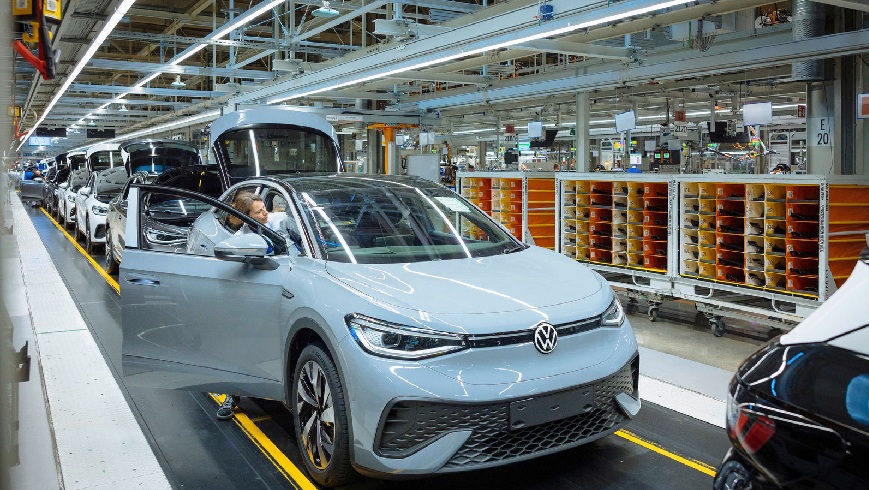Electromobility and charging infrastructure in Chile will no longer rely solely on sector-specific programmes, but instead become part of the national development strategy.
This is set out in the PNIP 2025–2055, recently presented by the Ministry of Public Works (MOP), which outlines over 22,000 initiatives and a projected investment of CLP$366 trillion (approximately US$390 billion) over the next 30 years.
Under the Energy Security pillar, the plan allocates more than 1,400 projects totalling CLP$151 trillion, with electric charging infrastructure playing a central role.
“The PNIP marks a historic milestone. Until now, electromobility was addressed through sectoral programmes—such as energy, public transport or private pilots. With this plan, charging infrastructure becomes part of Chile’s infrastructure DNA,” said Rodrigo Salcedo, President of the Chilean Association of Electric Vehicles (AVEC), in an interview with Mobility Portal.
Mandatory electric charging in new road concessions
One of the most significant aspects of the plan is the inclusion of mandatory electric chargers in all future road concessions. This means motorways, airports, ports and logistics platforms must include charging stations and associated services in their designs and bidding processes.
“The first challenge is regulatory. Every charger must obtain a TE-6 certificate from the Superintendency of Electricity and Fuels (SEC) to be declared operational, and must also meet the interoperability standards defined in the Public Charging Infrastructure Master Plan,” Salcedo explains.
The second challenge is funding. According to Salcedo, high-power chargers—ranging from 150 to 600 kW—require substantial investment, with electrical connection costs often exceeding the cost of the equipment itself.
“The main barriers are network upgrade costs, permitting timelines, and vandalism. That’s why a public-private co-financing model, supported by state funds and green finance, will be crucial,” he adds.
The MOP already projects a concession portfolio for 2024–2028 worth US$17.6 billion, opening the door for the integration of these requirements.
Market demand is supporting this deployment: by 2024, sales of 100% electric vehicles surpassed 4,500 units, and Santiago’s public transport system is set to add 1,800 electric buses by 2026, according to the Metropolitan Public Transport Directory (DTPM).
Weight limits for electric buses and trucks: What’s next?
The PNIP also tackles a critical issue for freight and passenger transport: the review of legal vehicle weight limits.
“Current regulations set a maximum of 45 tonnes, but the batteries in electric buses and trucks can add 2 to 5 extra tonnes. This either reduces payload capacity or forces operators to apply for special permits,” says Salcedo.
According to the AVEC President, relaxing this limit would allow long-haul electric trucks, intercity buses, and heavy machinery to compete on equal footing with their diesel counterparts.
The proposal aligns with the European Union, which has already approved a two-tonne increase for zero-emission trucks to offset battery weight.
“Chile must follow suit to avoid slowing the rollout of these technologies and to reduce dependence on diesel, which still accounts for over 85% of national fuel consumption,” Salcedo stresses.
Bottlenecks in Inter-Institutional Coordination
The PNIP highlights that the success of the strategy hinges on effective coordination between the MOP, the Ministry of Energy, Regional Governments, and other key stakeholders.
Salcedo identifies four major bottlenecks:
- Permits and electrical connections: Overlapping procedures between the SEC, distribution companies, and the MOP cause delays and cost overruns.
- Standardisation in concessions: Current tenders still lack uniform criteria on interoperability, uptime, payment methods, and maintenance.
- Decentralisation: Although the PNIP sets a national roadmap, many regions lack the technical capabilities and resources to prioritise charging infrastructure projects.
- Financial model: Without a clear public-private co-financing scheme, concessionaires proceed with caution.
“Chile already has the roadmap and the resources. But we need much stronger coordination between ministries, regional governments and concessionaires to turn these goals into real, operational infrastructure,” concludes the AVEC President.
DISCOVER MOBILITY PORTAL DATA
Discover Mobility Portal Data – a new exclusive market intelligence platform offering reliable data and key reports for informed decision-making in the automotive sector, including both internal combustion and electric vehicles, and charging infrastructure.
Research, trend analysis, clearly organised statistics, and the latest developments—all at your fingertips. With Mobility Portal Data, smart decisions are just a click away.
READ MORE
-
Affordable and reliable charging: Denmark’s two “unfinished tasks”
Denmark has already passed the threshold for mass adoption of electric vehicles. However, the eMobility sector warns that public charging remains “too expensive” compared to refuelling with petrol or diesel.
-
XPENG arrives in 5 European countries: Where will its expansion plan begin?
This expansion follows XPENG’s new manufacturing deal with Magna in Austria, enabling local production, avoiding EU tariffs, and boosting its footprint in Europe.
-
Volkswagen to cut production at several German plants amid weak EV demand
Zwickau and Emden have seen low demand for electric vehicles, while Osnabrück is reporting weak sales of the convertibles produced at the plant.










